DESCRIPTION
DEOXYMETHOXETAMINE (DMXE) POWDER INFORMATION
The powder is compared to MXE, but is and may only be used for research purposes. For all information about this chemical, please refer to the link below.
DMXE is an analogue of MXE. From Funcaps we would like to draw your attention to the dangers and safety. z
OPERATION DMXE POWDER
The research chemical DMXE has been compared to ketamine. The effects are therefore also comparable. The following effects can occur when using DMXE powder:
- sedation
- Spontaneous bodily sensation
- Perception of physical lightness
- Loss of motor control
- Pain relief
- Tactile Disconnection
- Perspective Distortions
HAZARD STATEMENTS DMXE POWDER:
- It can cause respiratory and eye irritation. Never discharge research chemicals into the environment.
DMXE SAFETY RECOMMENDATIONS:
IF IN EYES: Rinse carefully with water for at least 10 to 15 minutes, remove contact lenses if necessary. In case of skin contact: Rinse with water, if possible also with soap. When inhaled: Get fresh air and adopt a position that promotes breathing.
- Don’t expose to heat sources. Store it in a dry environment at room temperature and store in a good container and keep out of the reach of children. Good stability of the powder under the above conditions can last up to 2 years.
What is DMXE?
DMXE is a dissociative substance of the arylcyclohexylamine class that produces dissociative, anesthetic, stimulating and hallucinogenic effects when administered.
It was believed to have been first synthesised by a laboratory in the Netherlands in 2020.
Little is known about DMXE due to its relative novelty, so we will provide information about the chemical class it belongs to – arylcyclohexylamines.
Chemical Properties
DMXE is an arylcyclohexylamine dissociative. An arylcyclohexylamine is composed of a cyclohexylamine unit with an aryl moiety attachment. The aryl group is positioned geminal to the amine. In the simplest cases, the aryl moiety is typically a phenyl ring, sometimes with additional substitution. The amine is usually not primary; secondary amines such as methylamino or ethylamino, or tertiary cycloalkylamines such as piperidino and pyrrolidino, are the most commonly encountered N-substituents.
Pharmacological effects
Initial reports suggest that DMXE shares many subjective properties with MXE. More-so than other chemicals such as MXPr, MXiPr and DCK.
Due to the lack of research regarding the substance, all discussion regarding the pharmacology of it is purely based on its structure and subjective effect similarities to other arylcyclohexylamine dissociatives such as ketamine, PCE and methoxetamine (3-MeO-2′-Oxo-PCE). While no scientific studies have been conducted to verify this, structure-activity relationship analysis suggests that 2′-Oxo-PCE likely exhibits its observed effects principally as an NMDA receptor antagonist, although other neurotransmitter systems may be involved.
NMDA receptors (a subtype of receptors for glutamate, which are the principal excitatory neurotransmitters in the nervous system) allow for electrical signals to pass between nerve cells in the brain and spinal column; for the signals to pass, the receptor must be open. NMDA receptor antagonists have been shown to disrupt this signaling by blocking these receptors. This disconnection of information flow in the nervous system leads to loss of sensation (anesthesia), difficulty moving (motor discoordination), and eventually this substance’s equivalent of the “K-hole.”
Some of the most commonly reported effects are:
- Stimulation
- Perception of bodily lightness
- Physical autonomy
- Physical euphoria
- Dissociation
- Enhanced proprioception
Potential Side Effects
- Lightheadedness
- Dizziness
- Motor control loss
- Orgasm suppression
- Mania
Product Specifications:
Product Name: DMXE Hydrochloride 40mg Pellets
Other Name(s): Deoxymethoxetamine, 3D-MXE, methetamine, 3-Me-2′-oxo-PCE Hydrochloride
IUPAC Name: 2-(ethylamino)-2-(3-methylphenyl)-cyclohexanone hydrochloride
CAS: N/A
Molar Mass: 267.8 g/mol

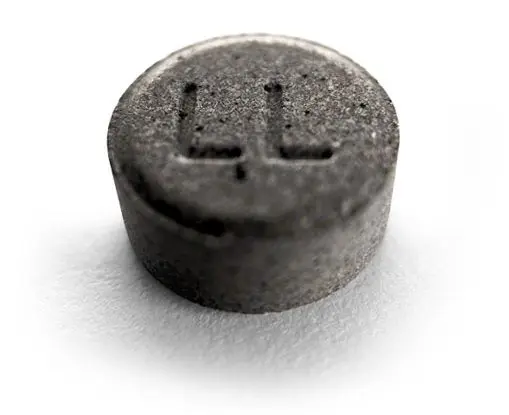
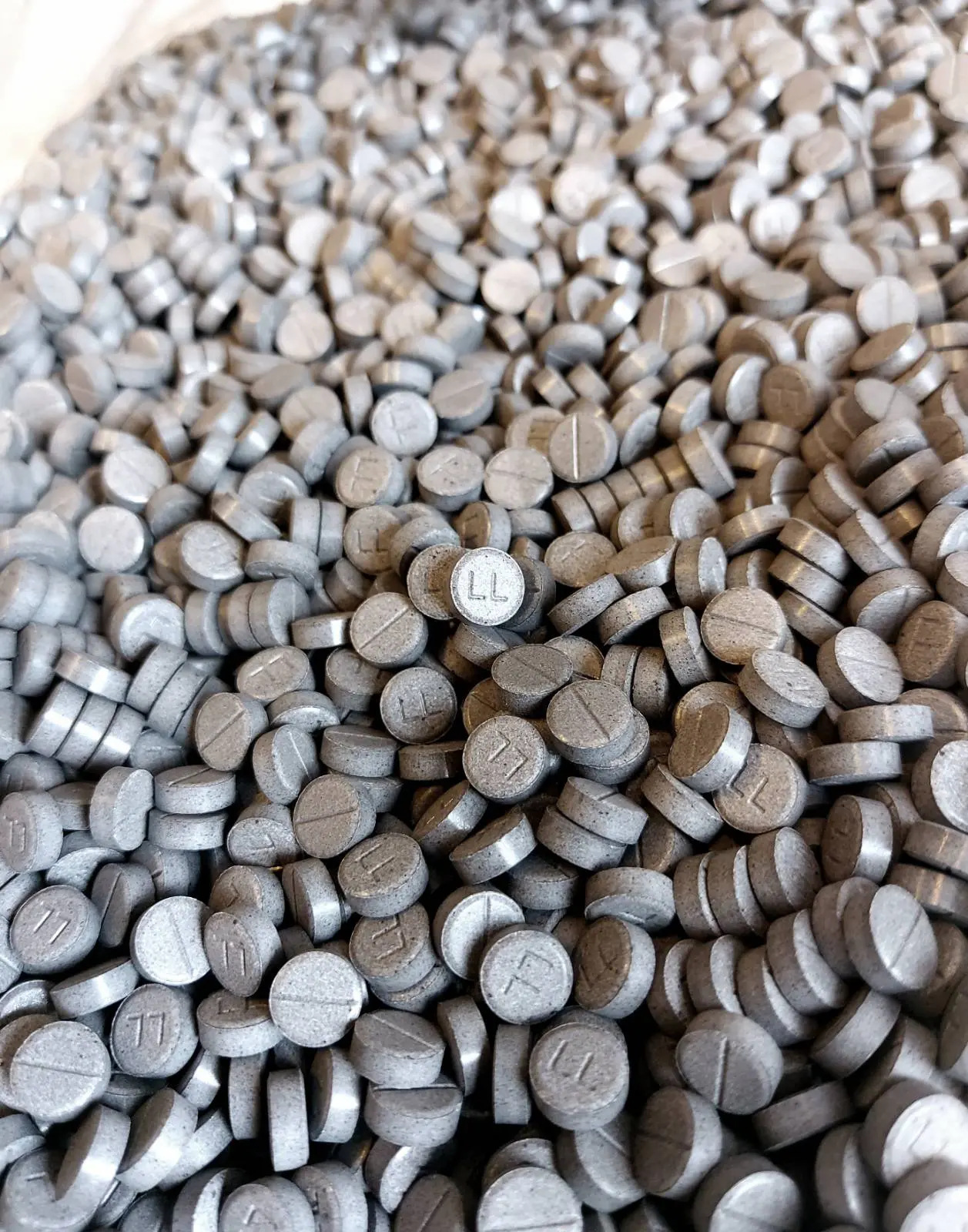
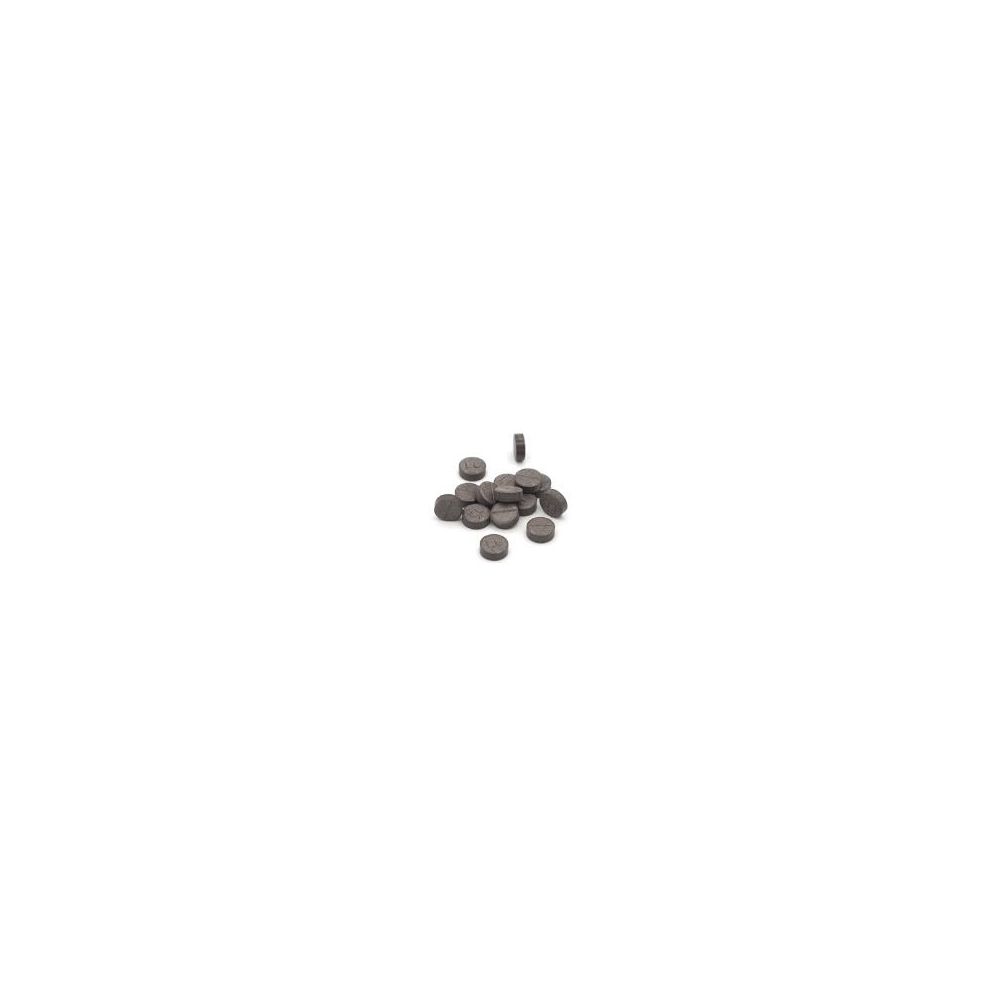
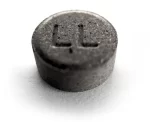
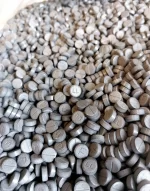


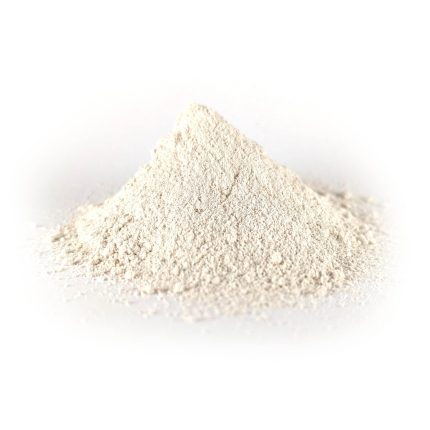

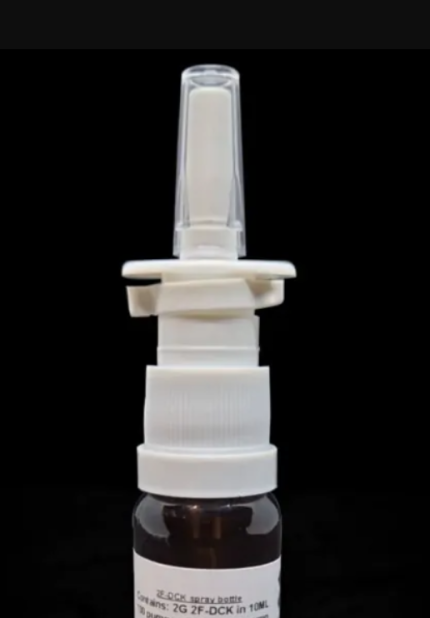


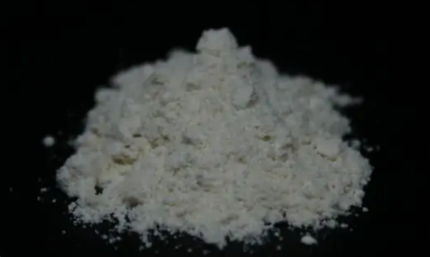
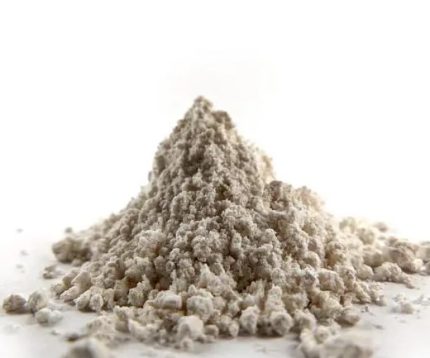
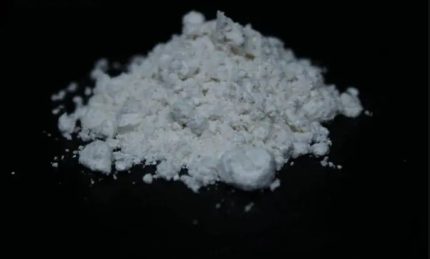

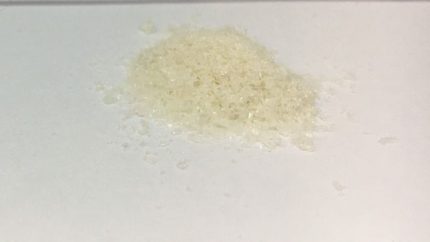
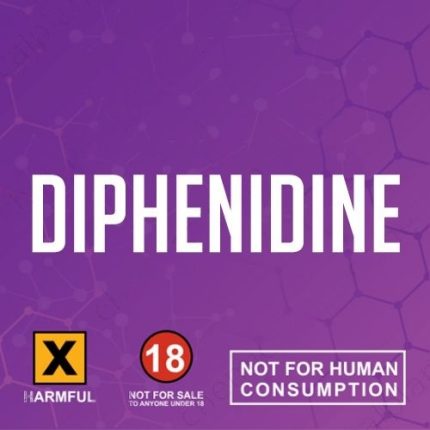
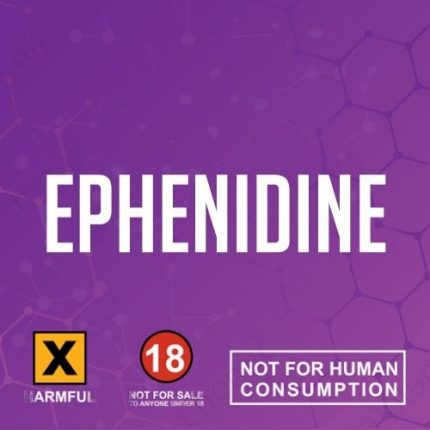
Reviews
There are no reviews yet.